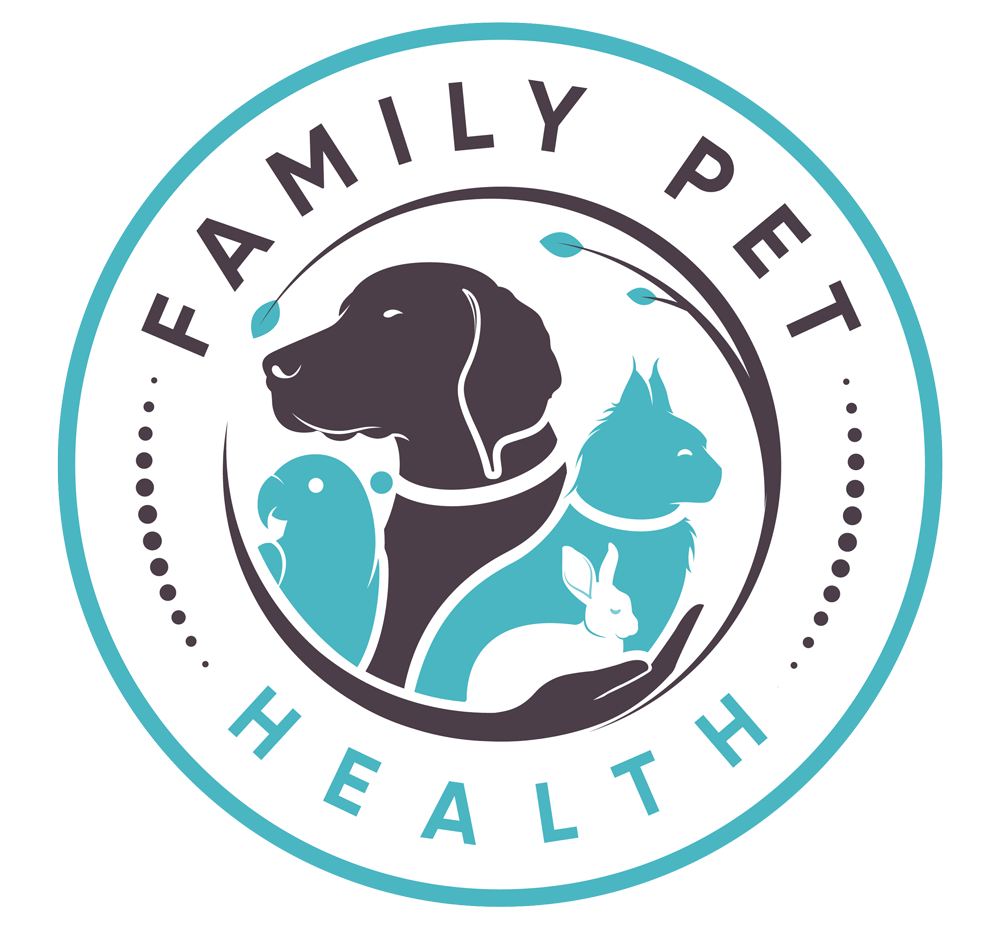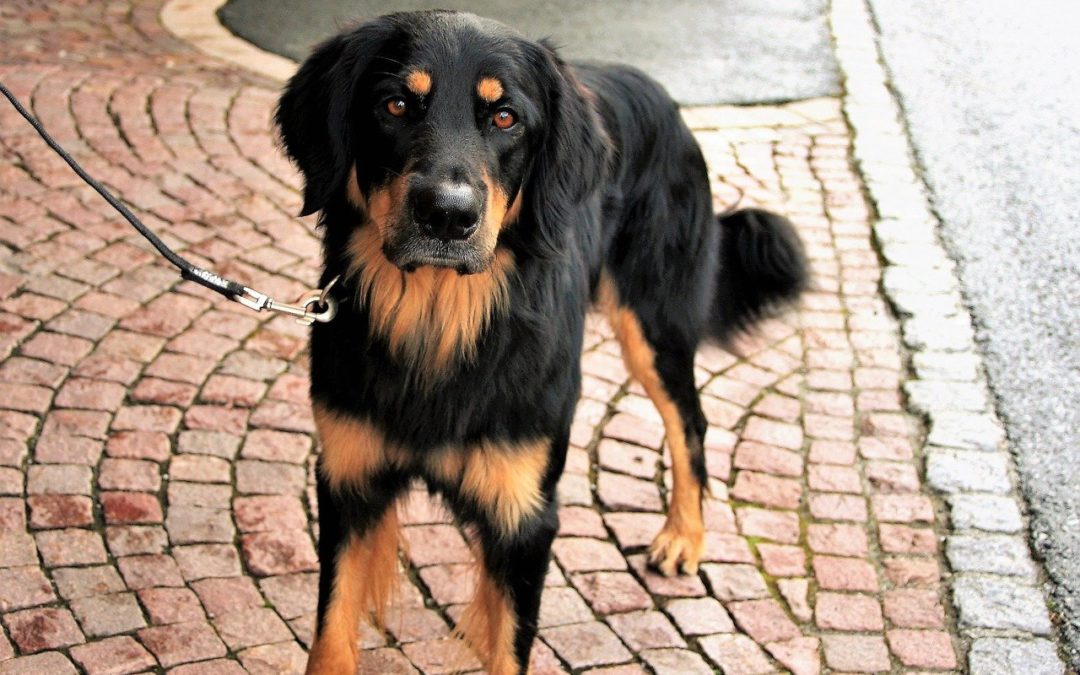By Peyton Wallace, FPH Spring Intern
As humans, we know the fear of going for our first visit to a new doctor or new clinic. Our pets can experience the same fear when entering the vet clinic for the first time. Not only are pets introduced to a new group of people upon a visit to the vet, they also encounter new equipment and examinations.
Fortunately, there are steps you can take to make the first or even the last visit as stress-free as possible for your pet.
The first step that can be taken to better your pet’s visit is limiting the amount of food given before a vet visit. The more food the animal eats, the more likely they are to become nauseous in the car ride to the clinic. The feeling of nausea will immediately make your pet stressed and uptight.
Providing your pet with less food before a visit to the vet also allows for the treats at the vet clinic to be more appealing. Family Pet Health loves to offer your pet’s favorite treats, but if the animal is not hungry, then they will not be as interested in the treat. When visiting the vet, take small treats to feed your pet throughout the visit to reward them for their good behavior.
Another step you can take is bringing familiar items with you on your visit to the clinic. This could be actual items like toys or a blanket, or comforting scents like a t-shirt worn by the owner. Bringing these items allows your pet to feel more relaxed, as if in a home setting, instead of facing the new scenery and smells with nothing to remind them of home. When using a synthetic pheromone like Adaptil or Feliway, you can spray it on a bandana or collar, then allow it to dry for about ten minutes.
A third recommendation is to help with stress free experience in the car by providing for secure travel. Always make sure your pet is in a crate, carrier or a seatbelt harness allowing less movement in the vehicle. The added benefit beyond reducing the pet’s stress associated with travel is that secure travel significantly reduces the chances that your pet might cause you a distraction while driving.
Sometimes even the travel tools can be fear-inducing for the pet. So reducing those negative interactions are key. You can acclimatize your pet to the travel carrier by leaving it out regularly when not traveling. When leaving the carrier out, place treats or toys inside to encourage the pet to go into the carrier. When training for a car ride, always try to make it a fun experience for the pet by providing treats in the car or by using your pet’s toys to play in the car while parked. Build up to the vet visit by taking shorter trips with no specific destination. Whether you spend time going on short drives around the neighborhood or just sitting in the car with your pet, any amount of time in the car gets them more familiar with the setting.
Lastly, before leaving the house, always make sure your pet uses the bathroom and you are fully prepared for your pet visit. Leaving a little early to avoid feeling rushed is always helpful and can help you avoid being stressed and passing on that stress to your pet before ever even entering the clinic.
All of the recommendations above can help you pet have a safe, comfortable and even enjoyable journey to the veterinary clinic. There are a few extra steps that can help ensure the visit and exam themselves are a success.
With puppies and kittens in particular, some pre-visit practices can be done at home or in the clinic to prepare for a great first visit. At Family Pet Health, we call this pre-visit a Happy Visit. In a Happy Visit, we just allow the pet a few minutes to get used to the new setting. Family Pet Health offers these to any pets, young or old. All you have to do is give us a call and schedule the Happy Visit. We do not actually do anything medical in this visit, it is just a preparation for the first appointment.
Another practice can be done from home is to prepare a puppy or kitten to being handled for the exam by petting the pet very gently, holding their paws, rubbing their ears or lifting their tail for a couple minutes each day. This allows the dog to get used to this, before ever having a visit.
We always want to provide our pets with the least stress possible, whether that be at home, in the car or in a new building or setting. Incorporating these steps into your preparation for a veterinary visit will allow for the best possible trip to the vet, and helps to prepare our furry friends for their next exam.

